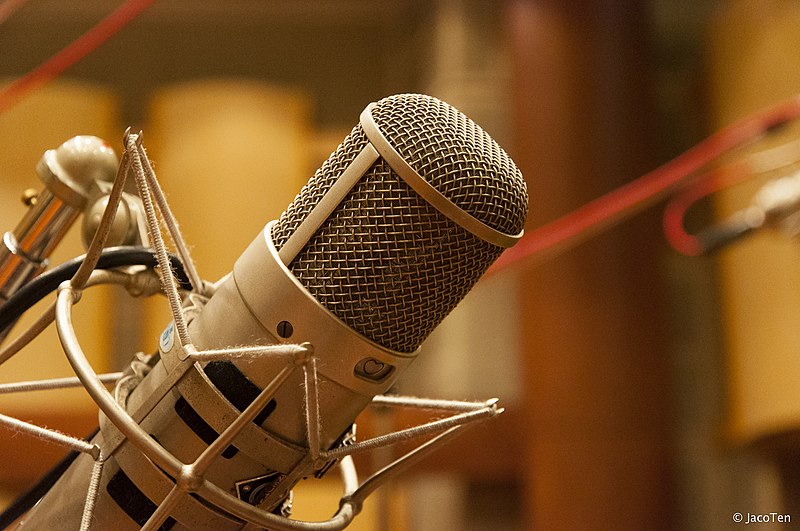Community, Leadership, Experimentation, Diversity, & Education
Pittsburgh Arts, Regional Theatre, New Work, Producing, Copyright, Labor Unions,
New Products, Coping Skills, J-O-Bs...
Theatre industry news, University & School of Drama Announcements, plus occasional course support for
Carnegie Mellon School of Drama Faculty, Staff, Students, and Alumni.
CMU School of Drama
Friday, September 08, 2023
Not So Simple: Optimizing Vocals With Large-Diaphragm Condenser Microphones
ProSoundWeb: Lusting after large diaphragm condenser (LDC) microphones has become a national pastime. Newbies devour the recording publications and read about this artist and that artist recording with vintage Neumann U 47s or Tele 251s and believe that they need those same mics, (or too often a design copy) to get a “hit” record.
Subscribe to:
Post Comments (Atom)

3 comments:
As someone who has never done any studio recording before this was quite an interesting read. The way I think through problems regarding sound recording has always been in the context of recording live vocals, usually through a multitrack recording. I’ve seldom ever used condensers so I’m not really attuned to the complexities of implementing them. I don’t understand what the fervor around using LDCs for vocals is about, especially in most studios that can’t really accommodate them, now I may be naïve, but it seems that dynamic mics work much better for vocals. However, recording instruments on the other hand, especially piano and guitar, I 100% agree with using condensers, however, you must carefully consider the acoustic environment of the studio, you can’t just choose a mic because everyone says, “Oh, you have to use this mic, it sounds so good”. Some mics are better than others in specific contexts, nothing is one size fits all.
This article by Bill Mueller, an audio engineer, was very informative as someone with no experience in sound design. It discusses the issues one runs into when recording with large diaphragm condenser microphones, especially with microphones getting cheaper. Recording with large diaphragm microphones in a setting not specifically designed for recording, such as a home studio, or similarly noisy space can often cause street noise and equipment noise to bleed into the recording. These mics are pretty much built to pick up all those noises as well, and can typically go down to 20 Hz with still a good quality sound. Mueller goes on to describe his steps for a rig. He takes a 6 inch piece of condenser foam on top of some mics, to purely limit them to the sound coming from the sides. A lot of language in this article was very technical, but I was able to digest it with a bit of googling.
This article has some genuinely really good advice, It does two things in one, it both tells you that you don’t have to use an LDC microphone to get good results but then proceeds to help you use an LDC mic properly if you have one or would like to have one. The article covers every aspect of using one of these mics that you can think of from EQ to environment and even covers how to get the most out of one after all the setup during the recording process and why you would want one post recording. I especially appreciate the editorial section on their personal favorite approaches, allowing the reader to have a number of options to choose from after reading, including recommended approaches from a professional audio engineer. Many musicians have released their record setup or what they recommend in the past but seeing an audio engineer talk about it is refreshing given they would know what setup provides the best result.
Post a Comment